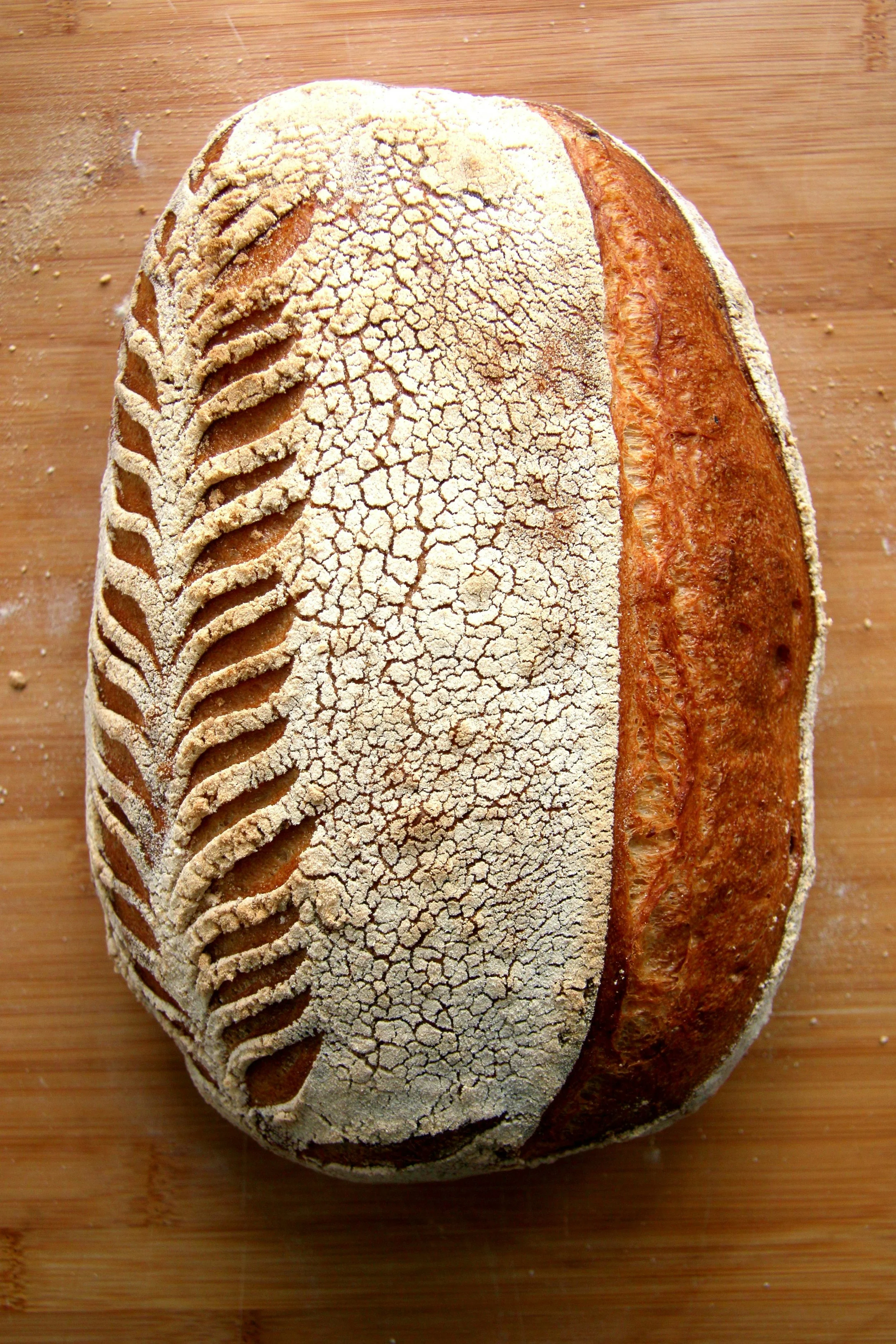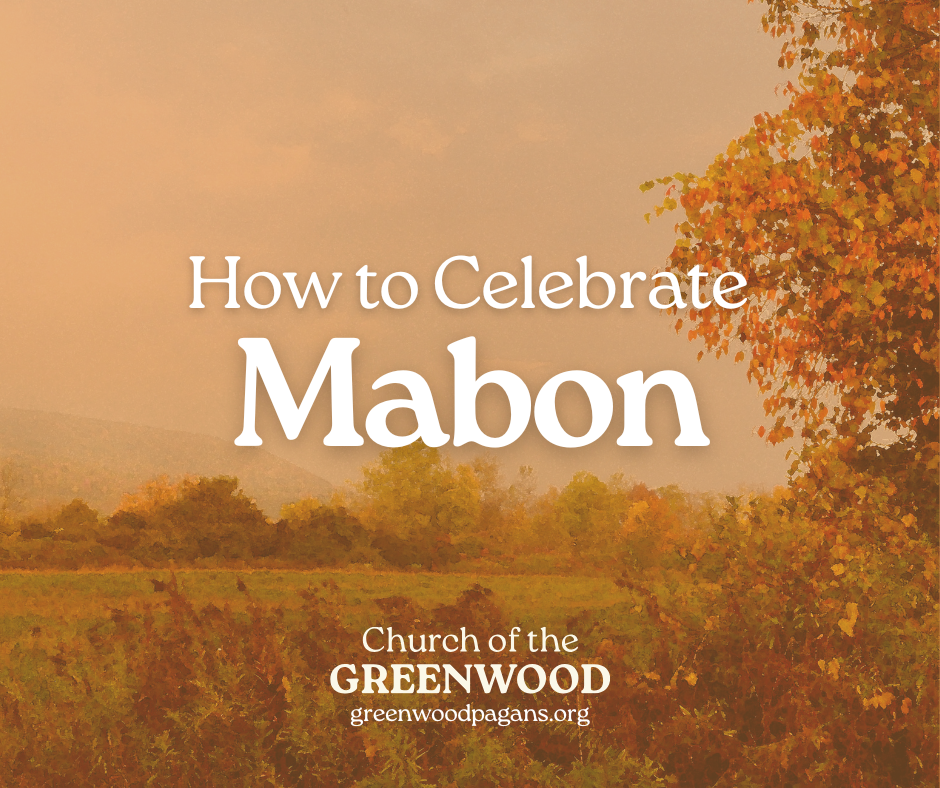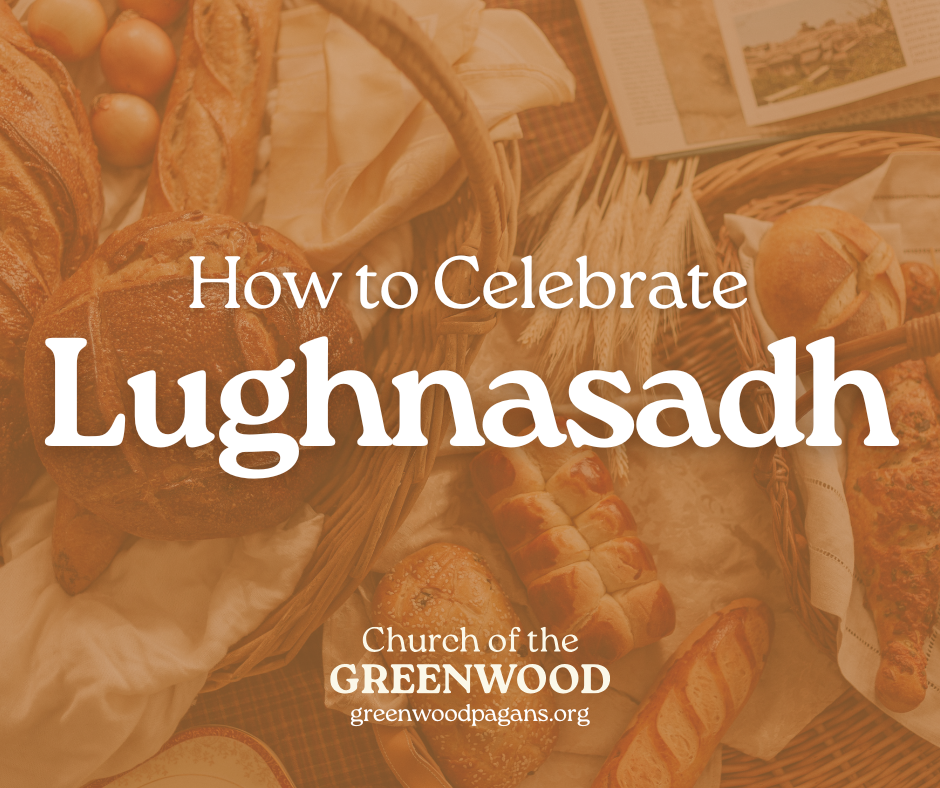Lughnasadh | How to Celebrate
Lughnasadh (pronounced ‘loo-nus-uh’), also known as Lammas, marks the beginning of harvest season. It is a time of joy, but also a time to begin preparing for the changing of seasons. We turn our focus to gathering what we have sown in our lives both spiritually, as we review our chosen path and relationship with the Gods, and literally as we harvest what is growing in our gardens.
A Late Summer Celebration
Standing at the center of the light half of the year (Beltane through Samhain), Lughnasadh is often celebrated in the Northern Hemisphere on August 1, and in the Southern Hemisphere on February 1. As a season, it is celebrated through Mabon, the autumn equinox.
Themes of Sacrifice from Gaelic Origins
Lughnasadh translates to ‘Remembrance of the God Lugh’ in Old Irish.
In Modern Irish, it is Lúnasa. In Scottish Gaelic, Lùnastal. Both words translate to the month of August. Lughnasadh is also connected to the Christian tradition of Lammas, where it is known as ‘Loaf Mass’, a celebration of the wheat harvest. Some pagans use Lughnasadh and Lammas interchangeably.
Lugh, the God of fire and light, was the leader of the Tuatha Dé Danann. In Irish folklore, Lugh spared the life of Bres (the Fomorian leader) in the Second Battle of Mag Tuired in exchange for knowledge on ploughing, sowing and reaping the fields in order to obtain agricultural prosperity.
With origins as a funeral feast and sports competition, some Irish mythology suggests that the festival may be closely associated with Lugh’s foster mother Tailtiu, Goddess of Sovereignty, who labored to the point of death while clearing the plains of Ireland for cultivation, making sacrifice an important theme.
Reiterating the theme of sacrifice, Lugh himself undergoes death and rebirth in a sacrificial mating with the Goddess. The wheat is cut down and reborn as the loaf of bread. Simultaneously, God dies and releases his seed, ensuring he will be born again.
As Lughnasadh is the beginning of the harvest season, it brings an awareness that these long days of light will not last forever. Harvest time is a time of death but also of reaping rewards of achievement, as we experience the paradox of sacrifice; in letting go, we receive. You may feel called to contemplate this turning point in the great wheel.
Ways to Celebrate
Bake a loaf of Lammas bread and host a dinner with friends. Attend a ritual or create one yourself, focus on giving back to the gods/goddess you work with, or simply to the Earth.
A simple ritual may look like facing South West, the direction that represents Lughnasadh’s position on the wheel. Light a candle and meditate on what in your life is ripe, or ripening. What it is that you want to manifest? Write your intentions on a slip of paper and burn it sending your intentions to the universe.
Bright blessings to you all,
Rev. Sherene
Lúnasa Herbal Bread
From ‘Round the Cauldron
Photo by Tommaso Urli on Unsplash
As the first harvest draws near, baking bread is a staple way to celebrate Lúnasa. Mix your own herbs into the dough, carve sigils into the top, and bake it with intention. Enjoy with butter, jam, or however you wish!
Ingredients
1 package active dry yeast
2-1/4 cups warm water (110-115°F)
3 tbsp sugar (for the dry ingredients)
1/2 tsp sugar (for the yeast proofing)
1 tbsp salt
2 tbsp canola oil (olive oil, vegetable oil, or similar will work too)
6-3/4 cup all-purpose flour
herbal mixture (I used a combination of basil, bay leaves, thyme, and rosemary)
Directions
Mix the packet of active dry yeast and 1/2 tsp of sugar into warm water. Set aside.
In a large bowl, mix remaining sugar, salt, herbal mixture and 3 cups of flour. Mix until well combined.
Once your yeast has proofed (bubbles will begin to form on top), slowly stir in oil.
Add your yeast/oil mixture to your dry ingredients, slowly stirring to combine. Your bread dough will look like batter.
Stir in more flour, 1/2 cup at a time, until a smooth dough has formed. You might not use the entire 6-3/4 cups of flour. That’s okay.
Turn your smooth dough onto a lightly floured surface and knead for about 5-10 minutes until it is smooth and elastic.
Cover the dough with a towel in a lightly greased bowl and place it in a warm, dry place for 2 hours to rise.
Punch down the dough to release air and turn onto a lightly floured surface. At this point, you may split your dough in half to make two loaves if you want.
Shape and cover again to rise for another 1-1/2 hours.
Preheat your oven to 375°F
Bake for about 35 minutes until the bread sounds hollow when tapped and is golden brown on top.
Let cool before cutting and enjoy!
Notes
Be intentional with your herbs and use what you have available to you. You can also carve sigils or symbols into the top of your bread before you put it in the oven.
At the 30-minute mark, I pulled my bread out and lightly coated the top with melted butter for added flavor and a golden brown color.
Cold kitchen? As you make your dough, turn the oven light on and keep the door closed. When it's time to rise, place your dough into the oven- do not turn the oven on to preheat! The heat from the lightbulb will be enough to help your dough rise.
Additionally, you could pair this bread with items that are typically harvested this time of year. Jams made from local blueberries, blackberries or raspberries. Top with some fresh butter and honey. Or mix some fresh herbs that are growing into the dough for a more savory bread.
Sources:
Approaching Lughnasadh: Lúgh, Cross-Quarter Days, And The Earth Goddess, David Halpin, Circle Stories, https://www.facebook.com/share/p/16mBZwVt55/
The 8 Seasonal Ceremonies, The Druid Hearth, druidry.org/the-druid-hearth





